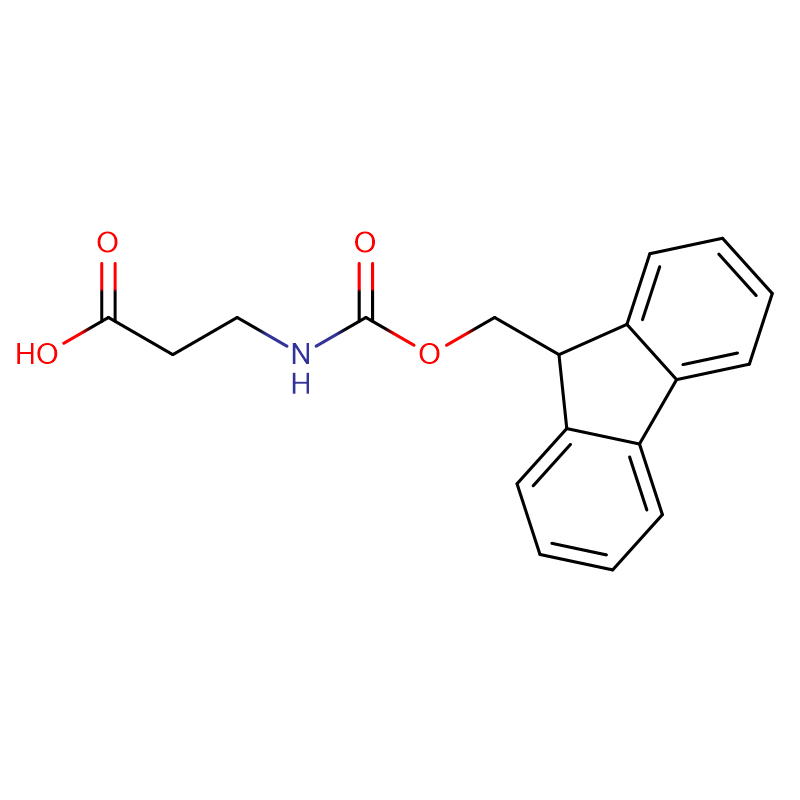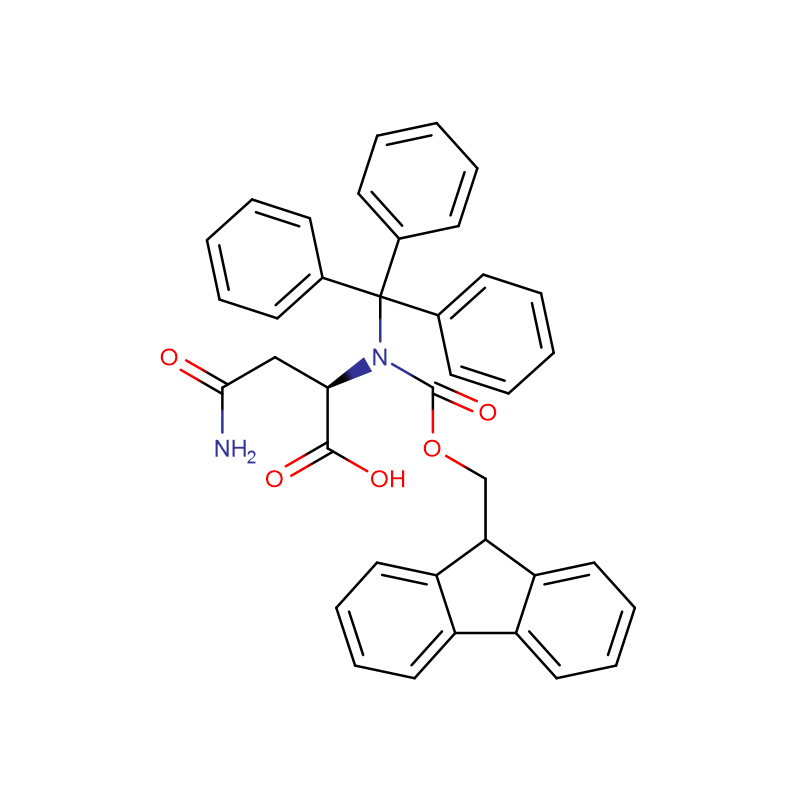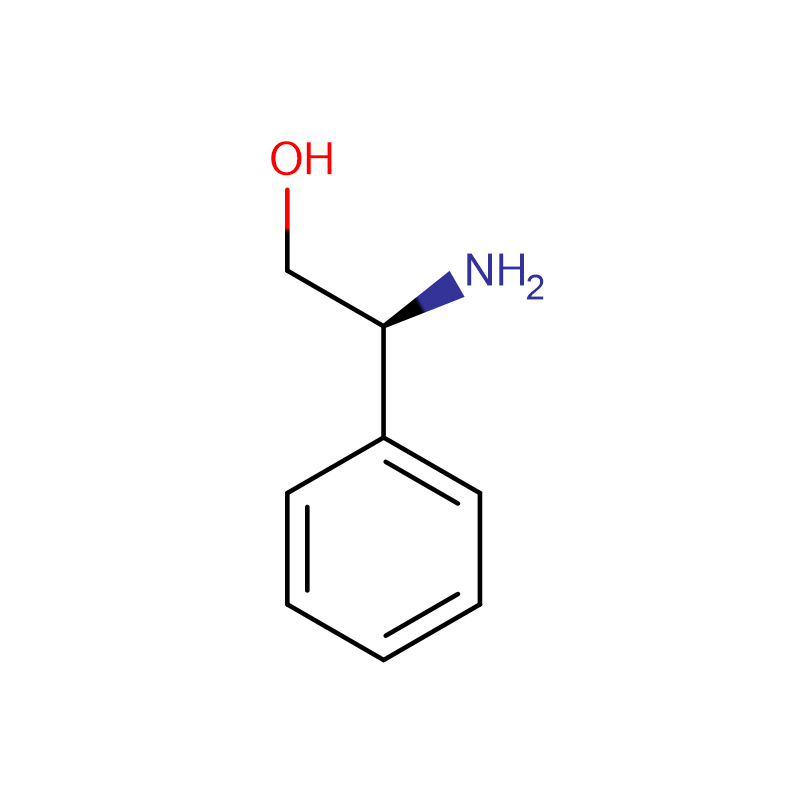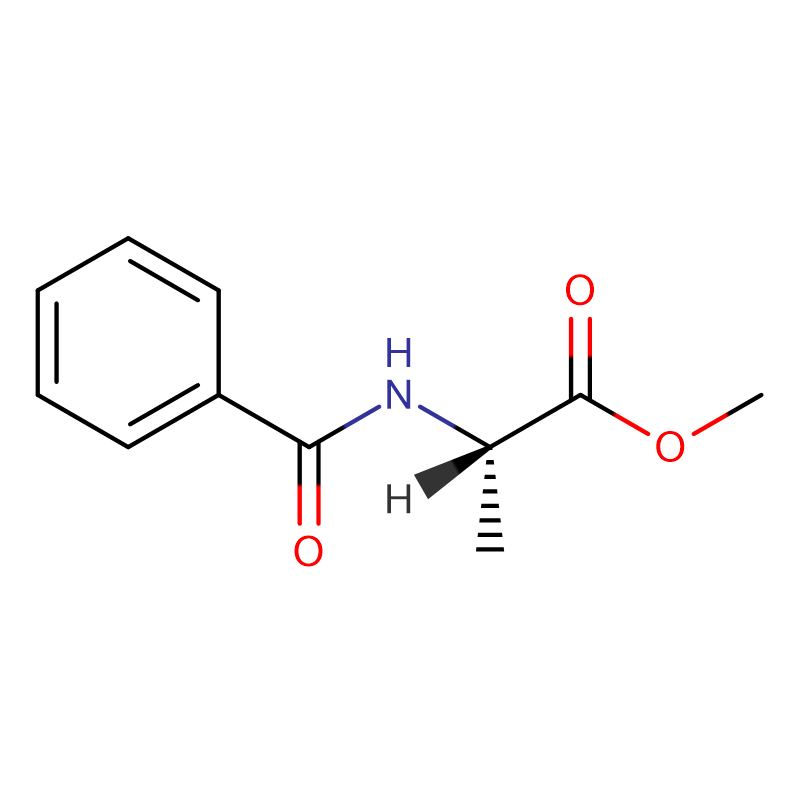D-Proline Cas:344-25-2
| Catalog Number | XD91294 |
| Product Name | D-Proline |
| CAS | 344-25-2 |
| Molecular Formula | C5H9NO2 |
| Molecular Weight | 115.13 |
| Storage Details | Ambient |
| Harmonized Tariff Code | 29339980 |
Product Specification
| Appearance | White to off white crystalline powder |
| Assay | 99% min |
| Specific rotation | +84.5 to +86.5 deg |
| AS | <2ppm |
| pH | 5.9 - 6.9 |
| Fe | <10ppm |
| Loss on Drying | <0.5% |
| Chloride (Cl) | <0.020% |
| Sulfate | <0.020% |
| Residue on Ignition | <0.5% |
| NH4 | <0.02% |
| Heavy Metals (Pb) | <10ppm |
D-Proline is an organic acid classed as a proteinogenic amino acid (used in the biosynthesis of proteins), although it does not contain the amino group -NH2 but is rather a secondary amine. The secondary amine nitrogen is in the protonated NH2+ form under biological conditions, while the carboxy group is in the deprotonated −COO− form. The "side chain" from the α carbon connects to the nitrogen forming a pyrrolidine loop, classifying it as a aliphatic amino acid. It is non-essential in humans, meaning the body can synthesize it from the non-essential amino acid L-glutamate. It is encoded by all the codons starting with CC (CCU, CCC, CCA, and CCG).
D-Proline is the only proteinogenic amino acid which is a secondary amine, as the nitrogen atom is attached both to the α-carbon and to a chain of three carbons that forms a loop.
Proline and its derivatives are often used as asymmetric catalysts in proline organocatalysis reactions. The CBS reduction and proline catalysed aldol condensation are prominent examples. In brewing, proteins rich in proline combine with polyphenols to produce haze (turbidity). D-Proline is an osmoprotectant and therefore is used in many biotechnological applications. The growth medium used in plant tissue culture may be supplemented with proline. This can increase growth, perhaps because it helps the plant tolerate the stresses of tissue culture.For proline's role in the stress response of plants, Biological activity.








